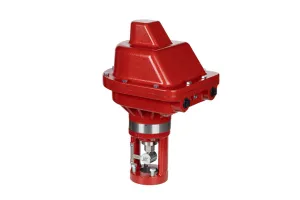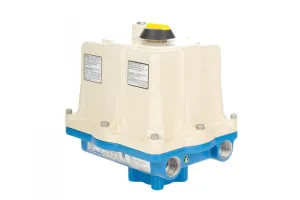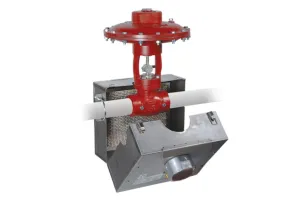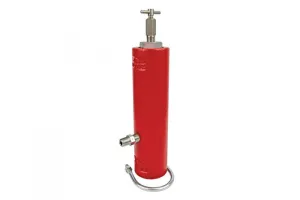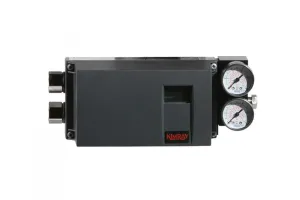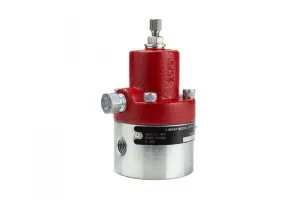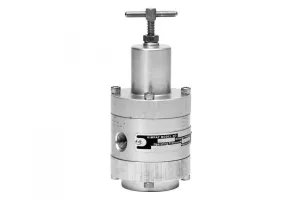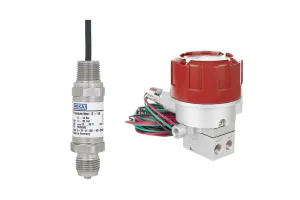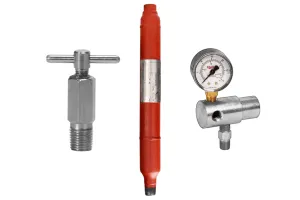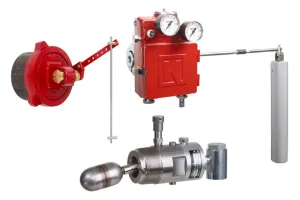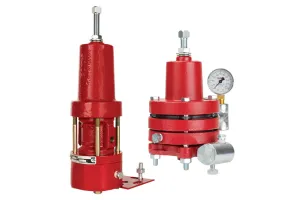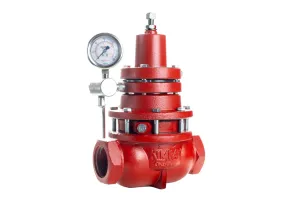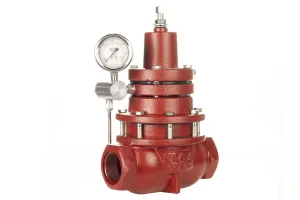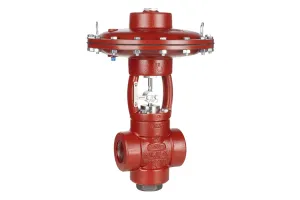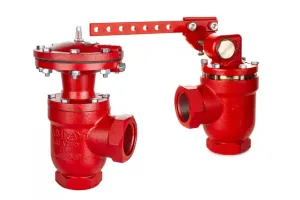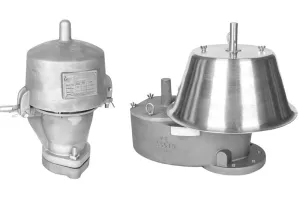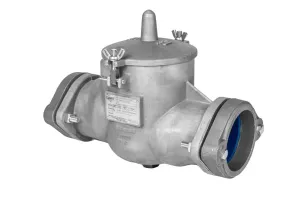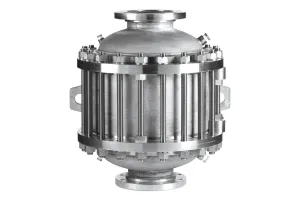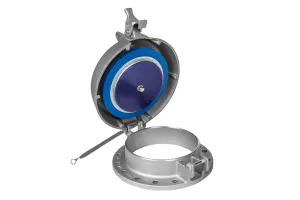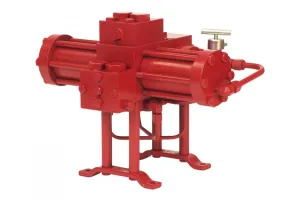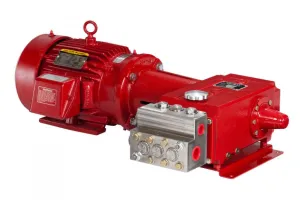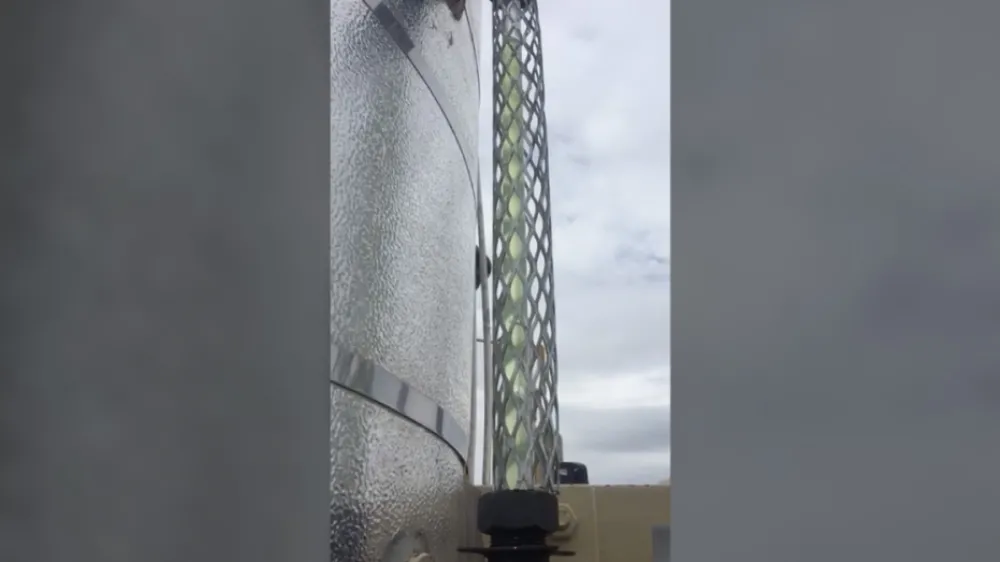
NGL Recovery is a process of midstream oil and gas production where the process fluid is heated in order to extract natural gas liquids (NGLs).
In the video below, you can see the sight glass for a packed stabilization tower on an NGL recovery unit.
Note that bubbles appear at the bottom of the glass that rise and then disappear before they reach the top.
What happens to them?
*HINT*—the process temperature is approximately 280F, and the ambient temperature is 25F.
Gas Turning Back to Liquid
Upstream of this packed tower, the process was being heated to help flash off the light-end hydrocarbons as well as any remaining water content. In the video, you see the process of the light-end liquids flashing into a vapor form but then quickly condensing back down to a liquid form as it cools (thanks to ambient temp).
In other words, the hot gas is turning back to liquid as it rises in the glass. Does this mean this is going on inside the tower? Not necessarily.
NGL Recovery and Temperature
While the sight glass is very exposed to the 25F ambient temperature, the NGL stabilization tower has insulation around its liquid section. This is done to protect the liquids in the tower from the cold so they can separate correctly.
Once the liquids dump from the bottom section of the tower, they make their way to a heat exchanger.
The flow characteristics of the heat exchanger allow warming of the liquids coming to the coil set and cooling the liquids going to the storage tanks.
